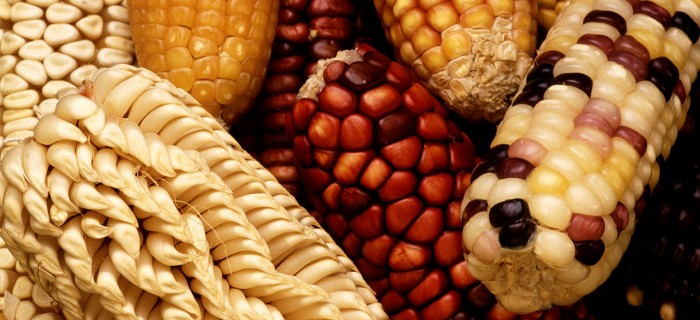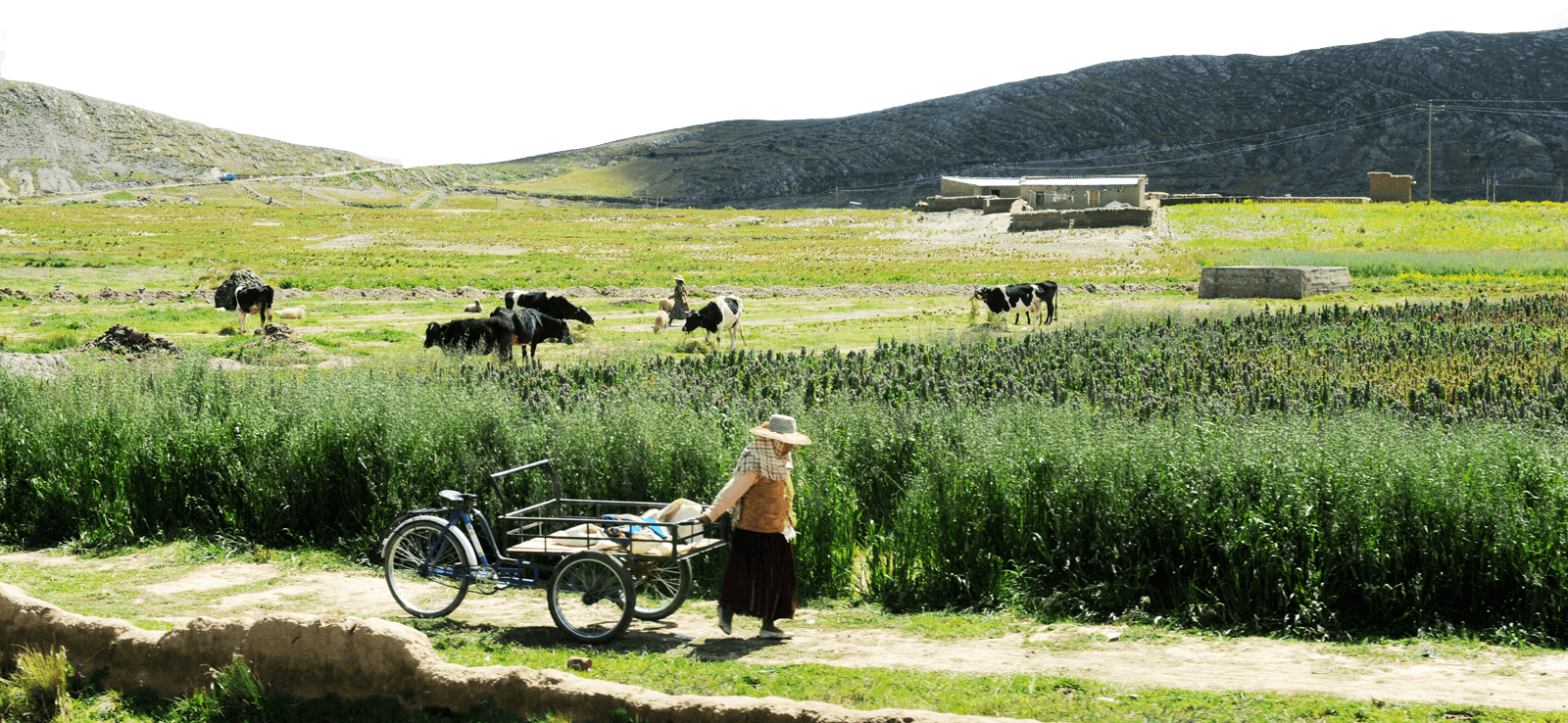Agricultural Trade Liberalization and Mexico
August 2003, Policy Brief No. 7
Executive Summary
Mexico’s experience of liberalization is a canary in the mineshaft for other agricultural economies in the Global South. Mexico’s political and economic ties to the United States mean that it is subject, perhaps more than any other country in the world, to the direct political-economic intervention of its powerful northern neighbor. The effects of such interventions have unequivocally hurt the poorest people in the country: those who work on the land in rural areas.
Following open market policies, we have seen increases in raw measures of economic change in foreign direct investment, aggregate GDP per capita, and export volumes. For example, Mexico’s overall exports increased 7-fold between 1981, the year before liberalization, and 2001.
Imports have matched this rise, with a 6.7-fold increase from 1981 to 2001. At an aggregate level, then, it would seem as if Mexico has profited from liberalization. Yet closer scrutiny of the figures show that the benefits have been divided very unequally. Some farmers have been able to take advantage of newly open markets in the U.S. Since the onset of NAFTA, exports of fruits and vegetables have increased 57 %. Yet, given that tariff barriers in these products were already low, before NAFTA, it is more reasonable to attribute the shift to these crops as a response to “push factors”, foremost among which is the rapid fall in the domestic price of maize.
Maize farmers have been particularly badly hit, and given the rural dependence on corn farming, this means that the poorest farmers have been hit the hardest. Subsistence farmers account for 45 % of all corn growing units in Mexico, and production for household consumption represents 38 % of total production. For the most part these farmers operate under inferior conditions with poor quality rain-fed soil, slopping terrain, irregular rainfall, and little if any access to technology, credit, storage facilities and marketing channels. These producers are often forced to sell their crops immediately after harvest, when local prices are at the lowest, because they are too poor to afford the appropriate storage facilities.
Farming communities have made clear demands for an end to the agricultural provisions within NAFTA and, by extension, the cessation of Mexican participation in the WTO Agreement on Agriculture.
Stay in the loop with Food First!
Get our independent analysis, research, and other publications you care about to your inbox for free!
Sign up today!These farmers were subject to the full onslaught of the US corn industry, a recipient of substantial US government subsidy. The opening of the Mexican market to US corn led to a massive influx of subsidized, and hence cheaper, US corn. Corn prices are currently $1.74 a bushel, and the latest US Department of Agriculture figures show production costs at about $2.66 a bushel, the difference being attributable to direct and indirect subsidy. Mexico has experienced devastating crop “dumping”—when the international price is lower than the domestic cost of production.
The response of Mexican peasants to this dumping has puzzled proponents of free trade. Economic theory suggests that when prices decrease, supply should contract. But that has not happened. In fact, when prices fell, the amount of corn planted increased. This was predicted in advance by NAFTA’s critics. Without options or access to credit, and with the “opportunities” under NAFTA being so limited for Mexican producers, peasant farmers responded by increasing their reliance on their 10,000-year-old staple, expanding the area under cultivation even as prices fell, as a last-ditch attempt to grow and sell enough corn to fight off life-threatening poverty.
And there continues to be substantial poverty and inequality in Mexico, despite the rosy aggregate statistics. Real wages are decreasing and incidence of poverty in rural areas is on the rise. Indeed, inequality is higher after the reforms than before. Proponents and critics alike knew that free trade would hurt rural producers—the corrective winds of the global market were intended to “weed out” inefficient producers. Research has shown, however, that small producers are more efficient in terms of total farm output than large-scale producers. But lacking the subsidies and support of their larger competitors, these poor producers have been left to twist in the wind.
The one group in whose name these reforms have been carried out, however, is consumers. With a dramatic fall in domestic corn prices, we would expect to see cheaper food for the Mexican people. Yet tortilla prices have increased 279 % in real terms. This can be explained through the combination of two factors: first, the tortilla market has long been a duopoly; second, consumer price supports were removed by the government through its agricultural liberalization program.
The poorest farmers have adopted a number of coping strategies. Rural out-migration has been increasing since trade liberalization. People migrate in order to secure jobs and send remittances home. In 1998, 130,661 Mexicans were known to have migrated to the US, compared to 56,680 in 1980.
Aware of the inherently political character of NAFTA and the liberalization program around it, farmers have been taking to the streets, with the largest assembly of peasants in Mexico City since the 1930s taking place earlier this year, under the slogan “El Campo No Aguanta Más”—The Countryside Can’t Take It Anymore.
Yet the political will to address the hardship undergone by the poorest people in Mexican society is lacking. Under NAFTA rules, the Mexican government could legally, and without prejudice, have invoked tariffs on US corn imports once they exceeded a certain threshold. This threshold was set at a high level at the beginning of the NAFTA phase-in period and has continued to rise. Each year since NAFTA began, this threshold has been exceeded. Yet the Mexican government chose not to invoke these protection right, despite clear economic incentives to do so; the revenue forgone was around US $2 billion. We can only conclude that political pressures—from the US government, from domestic processors, and from the increasing number of foreign food processing companies who have invested in Mexico since NAFTA—outweighed both the interests of small domestic corn producers, and the $2 billion in revenue.
Farming communities have made clear demands for an end to the agricultural provisions within NAFTA and, by extension, the cessation of Mexican participation in the WTO Agreement on Agriculture. These demands have been made by the poorest, and most numerous, production sector in Mexico. Their political will seems fixed. It remains to be seen whether the Mexican government is willing to cede to it.


 Help Food First to continue growing an informed, transformative, and flourishing food movement.
Help Food First to continue growing an informed, transformative, and flourishing food movement.




